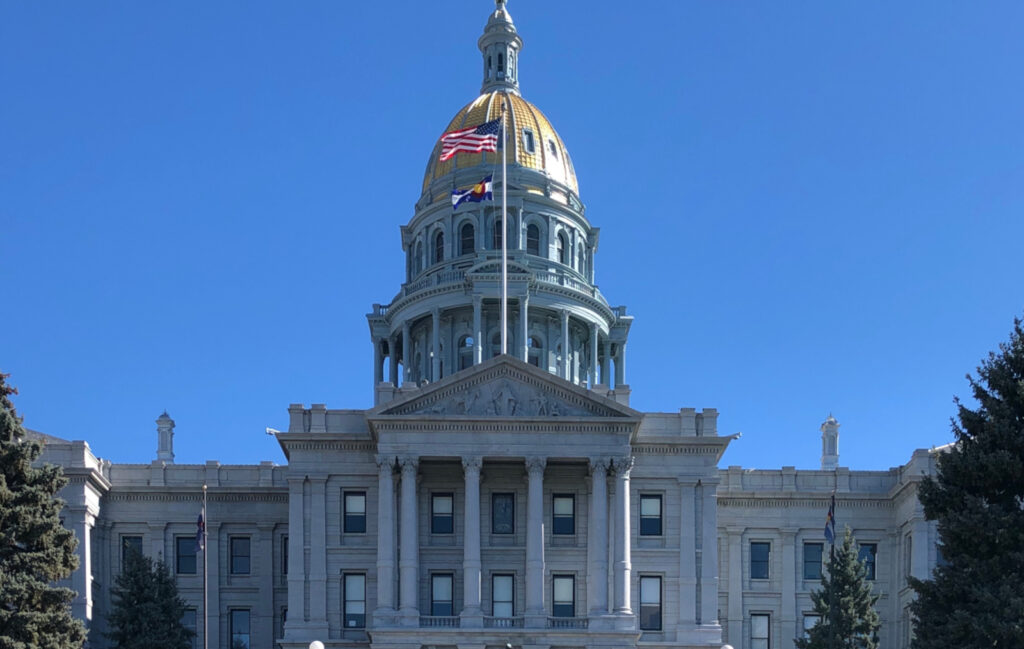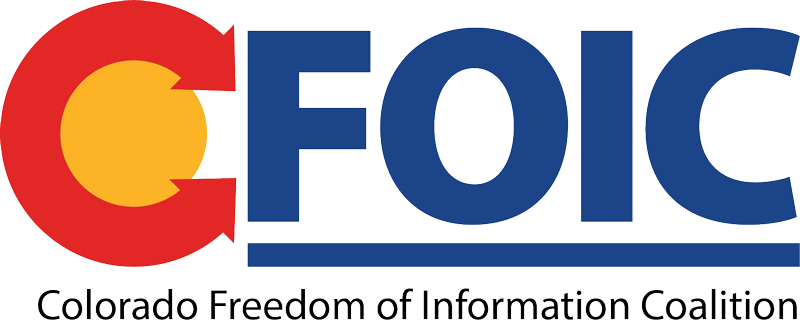By Jeffrey A. Roberts
CFOIC Executive Director
Colorado House Speaker Julie McCluskie on Tuesday endorsed a plan to provide a basic level of video streaming of legislative committee meetings that would cost $70,000 in the first year of operation.
“I am in support of doing this,” the Dillon Democrat said during a meeting of legislative leaders. “And while there is a cost, I think this is exactly the type of purpose that our cash fund has been utilized for, designed for.”

The legislature’s executive committee did not vote on the video option, which would use the Sliq Media Technologies system that now provides audio streaming of committee meetings for the General Assembly.
Legislative Council Deputy Director Manish Jani said the legislature could enable Sliq’s video capabilities using cameras that were installed in committee rooms when they were remodeled several years ago. People tuning in would see a wide “static shot of the room. The camera in the back is going to point to the committee and display that content.”
There would be no production of the video “like you see on the Colorado Channel (for video of House and Senate floor proceedings), where there are close ups, zooming and different shots,” Jani added.
The option, one of several presented to the executive committee, would cost about $50,000 a year plus a one-time setup fee of $20,000.
Colorado is one of only two states whose legislatures provide just audio webcasting of some or all committee meetings, according to the National Conference of State Legislatures.
Last September, the Colorado Freedom of Information Coalition reported on efforts by some members of the Colorado Channel Authority Board to get committee meetings video livestreamed. And in December, during a public comment session about changes to the Colorado Open Meetings Law, authority board chair Bart Miller urged the executive committee to take up the matter.
“We’ve heard from our public that there is a desire to have video,” McCluskie said. “Now, my hunch is they want to have C-SPAN — they want the level of video television that is accessible for Congress. But this does feel like a very affordable first step.”
Others on the executive committee didn’t seem ready to go forward with the plan.
House Majority Leader Monica Duran, D-Wheat Ridge, said she would “love” to have committee meetings livestreamed, but she is concerned about Colorado’s budget shortfall. “We’re going to put $70,000 into something when we’re cutting $50,000 here and we’re cutting different places. And the perception of that too.”
Senate Majority Leader Robert Rodriguez voiced concerns about technical problems, as he did when legislative leaders first discussed video livestreaming on Feb. 12.
“I have a lot of pause about adding something that we don’t necessarily need just because,” the Denver Democrat said. “… I worry about the technology. It’s always great that we say we have it until a problem happens with it.”
But if there is a problem with a camera “and we can continue with the audio service, that does feel like a workable solution since video is not currently mandated or required,” McCluskie said. “And I do like the ability for people to see who is in the room. It does add to transparency and public input.”
Other video livestreaming options presented to the executive committee included: 1) streaming video through Zoom onto YouTube with no production; 2) enabling Sliq’s video stream with production by full-time video producers; and 3) enabling Sliq’s video stream with automated pan-tilt-zoom cameras that would track whoever is speaking in a committee meeting.
Follow the Colorado Freedom of Information Coalition on X or BlueSky. Like CFOIC’s Facebook page. Do you appreciate the information and resources provided by CFOIC? Please consider making a tax-deductible donation.




